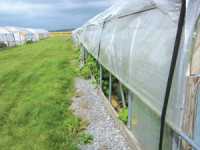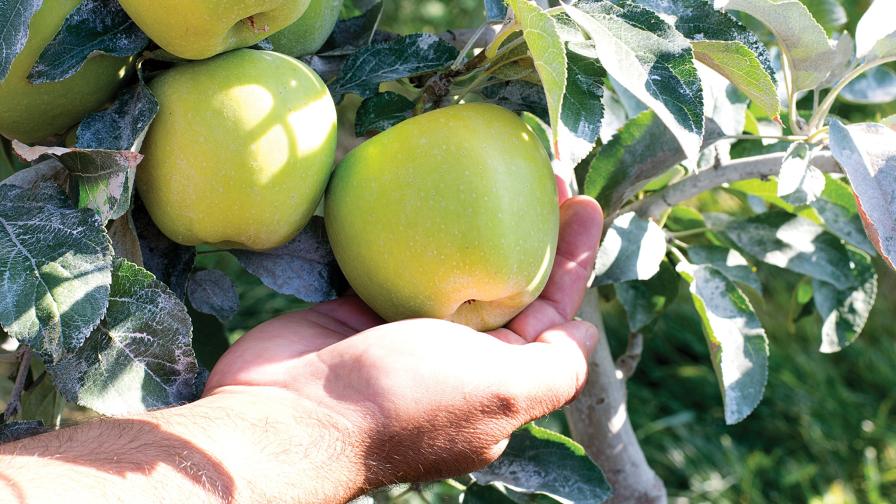Inner Cities Utilizing High Tunnels


The use of high tunnels to extend the growing season and even produce crops in the winter months has certainly been well documented and continues to grow throughout the U.S. A wide array of horticultural crops from vegetables, small fruits, tree fruits, and cut flowers are being produced and marketed around the country.
At the same time there is a tremendous amount of activity centered on re-greening the urban environments, especially the blighted neighborhoods. As these areas are demolished, an effort is underway to create community gardens that have both ornamentals and vegetables that can benefit the local community. This has then led to investigating the use of high tunnels in these communities to produce food that can then be sold at a community-operated market, farmers market, restaurants, and food stores.
Urban Locations
Groups in Philadelphia, PA; Detroit, MI; Cleveland, OH; Chicago, IL; Kansas City, KS; and Baltimore, MD, have been looking at expanding urban farming and the use of high tunnels to revitalize and re-green the urban areas.
In Philadelphia, there has been collaboration with a network of for-profit and non-profit organizations, local and state governmental agencies, and education institutions to attempt to create a successful model showing how small agricultural enterprises can become established in heavily urbanized and low-income areas using high tunnels to offer their communities fresh produce and other local farm products.
In direct conflict with the laws of supply and demand, America’s inner cities continue to fail in delivering fresh, nutritious high-quality food to its poorest residents. The number of supermarkets in Philadelphia in the lowest income neighborhoods was 56% less than in the highest income neighborhoods.
An Inner-City Farm
Detroit is another city that has plans for an urban farm within the city of Detroit that will utilize vacant land and abandoned property to create Hantz Farms, the world’s largest urban farm. Like urban growers in Philadelphia, Hantz Farms plans to transform the land under its cultivation into a viable and sustainable area that will serve the community.
Urban development projects like the ones envisioned in Philadelphia and Detroit that include urban farming as a major component of the enterprise not only create good food and a connection to nature, but serve as an economic development anchor for others in the community.
It is evident that high tunnels can offer the urban agricultural producer the same advantages as his/her rural counterparts. What is not so evident is the effect of the warmer urban microclimate on the environment found in the high tunnel. This could be a positive factor in the winter months if there are sufficient levels of light.
In the summer months this could be a negative if there is not enough ventilation. This is where applied research will be required to determine the response of high tunnels to the urban environment and the effect on the production of crops. The biggest advantage of high tunnels, which is excluding the rain from crops, will still be a major advantage in the urban environment.
This will certainly be beneficial as programs for both non-profit organizations and city school systems involving the active training and education of urban youth use high tunnels. They will be able to have the youth involved in activities in the high tunnels, regardless of the weather outside.
The use of single high tunnels and complexes of high tunnels will certainly evolve depending on the size of the land area available for production. One issue that will need to be addressed by the city will be the ownership of the land being farmed and also the zoning designation of the land. In order to really make the urban farm using high tunnels work, there will have to be urban agriculture zoning. This will give permanence to such activities.








